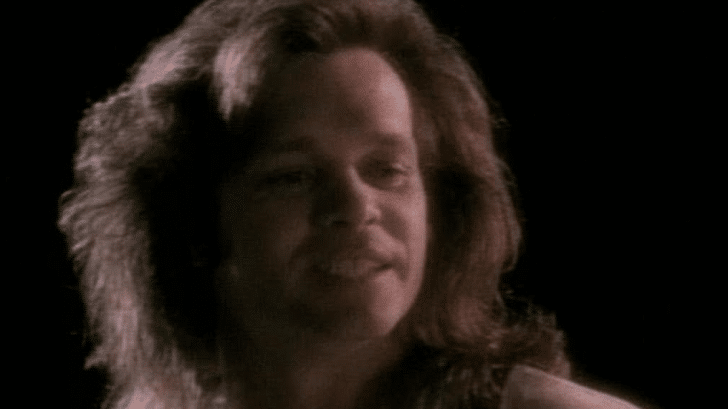Whether in business or music, rebranding is always a risky endeavor. It involves taking an already established entity and giving it an overhaul, which may either lead to a better version or alienate the very consumers who made it successful in the first place. Over the years, many artists have embarked on the journey of rebranding, with varying degrees of success. Let’s take a look at some classic acts that underwent rebranding and the reasons behind their transformative decisions.
Jefferson Airplane to Jefferson Starship to Starship
Jefferson Airplane, known for hits like “White Rabbit” and “Somebody to Love” in the ’60s, went through two rebrands as music styles evolved. After members split to form Hot Tuna, and others formed Jefferson Starship, the direction shifted to a more pop-focused sound. Paul Kantner eventually left due to the new direction, leading the band to continue as Starship, achieving even more hits in the ’80s.
Prince to the Artists Formerly Known as Prince
The ever-evolving Prince reinvented himself at various times during his career. In 1993, he became embroiled in a battle with Warner Bros. over the release of his material, prompting him to change his name to an unpronounceable symbol. For several years, he was referred to as “The Artist Formerly Known as Prince.” After fulfilling his contract, he returned to his famous royal name.
Johnny Cougar to John Mellencamp
John Mellencamp’s journey to becoming a legend involved several name changes. Initially struggling to gain attention, his manager insisted on the name “Johnny Cougar.” It wasn’t until he achieved commercial success as John Cougar in the ’80s with hits like “Hurts So Good” and “Jack & Diane” that he finally adopted his real last name, Mellencamp, in 1983.
Tyrannosaurus Rex to T. Rex
Tyrannosaurus Rex, a psychedelic folk-rock group, transformed their sound in 1970, embracing electric guitars and poppier songwriting. Along with the change in musical direction, the band shortened its name to T. Rex and became pioneers of glam rock, releasing seven albums before Marc Bolan’s death in 1977.
Cat Stevens to Yusuf Islam
Cat Stevens, a popular songwriter of the late ’60s and early ’70s, converted to Islam in 1977 and changed his name to Yusuf Islam. He walked away from music and dedicated his life to charitable causes. More than 20 years later, he returned to music, understanding the significance of carrying on composing and recording.
Joy Division to New Order
After the tragic death of lead singer Ian Curtis, Joy Division transformed into New Order, navigating the desire to keep making music without their leader. They adopted a more pop and electronic-influenced sound, becoming a critical and commercial favorite.
Small Faces to Faces
After singer Steve Marriott left Small Faces to form Humble Pie, the remaining members teamed up with Rod Stewart and Ronnie Wood from the Jeff Beck Group. They rebranded as Faces, releasing four albums in four years. When Marriott returned, they reverted to the name Small Faces, which lasted until 1978.
Southern Death Cult to Death Cult to the Cult
Ian Astbury formed Southern Death Cult in 1981, but after breaking up, he teamed up with new members as Death Cult. Recognizing the potential for broader appeal, they became the Cult in 1984, forging a successful career.
Nitty Gritty Dirt Band to the Dirt Band
The Nitty Gritty Dirt Band shortened their name to the Dirt Band after turning their sound toward mainstream pop in the late ’70s. Eventually, they returned to their original name and country roots in the early ’80s.

